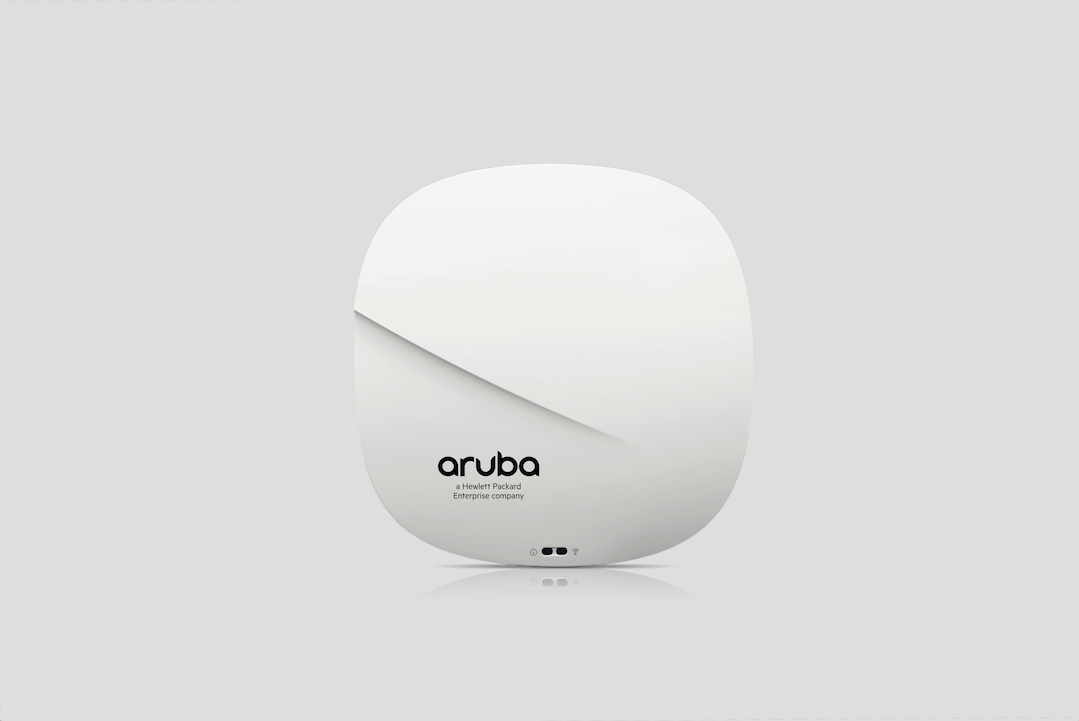Most kids have never been in school without the Internet. They do research on the web, watch educational videos and turn in their homework on Google Classroom. They email and message their teachers. They take tests online and track their grades electronically.

Reliable Wi-Fi is the foundation of digital learning. When the Wi-Fi doesn't work—or is slow or spotty—learning is interrupted. I've heard that message again and again from school CIOs and network directors across Australia and New Zealand. It seems so obvious, but we know that delivering robust and scalable Wi-Fi in the classroom is not trivial. In fact, I would argue that it's getting more difficult as digital learning evolves at a rapid pace.
With the move to 1:1 and digital learning, it's no surprise, then, that the top priorities for school IT leaders in 2017 are mobile learning, broadband and network capacity, according to Consortium for School Networking (CoSN).
Reliable Wi-Fi is the Foundation
As learning is increasingly digital, schools must build a mobile first network. Having reliable scalable connectivity is a prerequisite—and the underpinning of engaging, technology-infused learning.
A school's Wi-Fi supports many more laptops, netbooks, tablets and phones than ever. Students and teachers commonly use multiple devices—often at the same time. Video and other rich media are integral to learning—and demanding on the network. IP phones, surveillance cameras and campus safety systems need to work flawlessly. And with online exams and assessments becoming commonplace, Wi-Fi reliability is now critical.
With curriculum increasingly in the cloud, the typical traffic flow on the network is changing. When servers were located at school sites, network traffic traveled across campus from the students' and teachers' devices to the server and back. Most school networks were designed for predominately east-west traffic. But with learning resources in the cloud, most traffic flow on campus is now north-south—from the device out to the cloud and back. Some school networks have yet to be modernized for new computing models—and until they are, it can be an unpredictable user experience.
Add New Capabilities for Extra Credit
Once the foundation is built, the opportunities for rich learning experiences is vast.
One secondary school I recently visited here in Australia allows their students to choose their own movies to study for English. Students make their selection, and dozens of different movies are streamed in full HD to their device of choice at the same time—without a hiccup from the network. That was unheard-of just a few years ago.
Schools are making learning more active—and with a lot of different types of devices. Put on an Oculus Rift and students can time-travel through history in augmented reality. They can expand their engineering and collaboration skills building robots and compete with other schools. They can advance their programming skills by building their own Raspberry Pi computers. I've even seen regional schools experiment with sensors to measure soil conditions, temperature and humidity for hands-on learning in agriculture classes. Schools are starting to embrace IoT to enhance learning.
Aruba Mobile-First Network for Schools
The arrival of 802.11ac Wave 1 was about three years ago, and with correct deployment, it delivered a huge lift in performance and capacity to the school Wi-Fi network. Today, most schools are deploying 802.11ac Wave 2 access points because the price point is the same as Wave 1 and Wave 2 does provide some improved efficiencies over Wave 1 when Wave 2 clients are used. Interestingly, at the time of writing of this blog, no Apple device yet supports Wave 2. The only Wave 2 clients are Android-based and predominantly smartphones.
Aruba Instant is a popular choice for many independent schools and school districts because it delivers superior Wi-Fi performance, enterprise-grade security, resiliency and flexibility with zero-touch deployment. Video, voice and other demanding applications perform flawlessly on the same network even in dense client environments like 1:1 classrooms. With Instant, there are no WLAN controllers. It's simple to set up and easy to manage and expand, which is especially important for resource-constrained IT departments and tight school budgets.
For larger schools with potentially several hundred access points, Aruba Mobility Controllers should be considered, as they provide centralized traffic engineering, policy controls, security and scale. The great thing about using Aruba is that schools can select the right architecture to meet their needs and budget without any compromises.
Building a secure network is also critical. Aruba ClearPass plays an important part in securing the edge of the network with its policy-driven contextual access management and its many integration capabilities. Typical deployments of ClearPass in the school environment include provides differentiated access between staff and student devices, sharing device context with the school firewall to improve overall security, providing guest access for visitors and parents, and easily on-boarding students' BYOD devices. ClearPass can even secure IoT devices that are becoming part of the teaching programs using OnConnect.
Avondale College, one of New Zealand's largest secondary schools, has seen impressive results from project-based learning—and it's Aruba mobile first network. Students create a project that has a meaningful impact on the school or the community and then design a solution using lead-edge industrial tools. After all, as Avondale College Principal Brent Lewis says, "The world has moved on. If your students are way ahead of teachers in understanding technology, teaching and learning become boring, not engaging."





